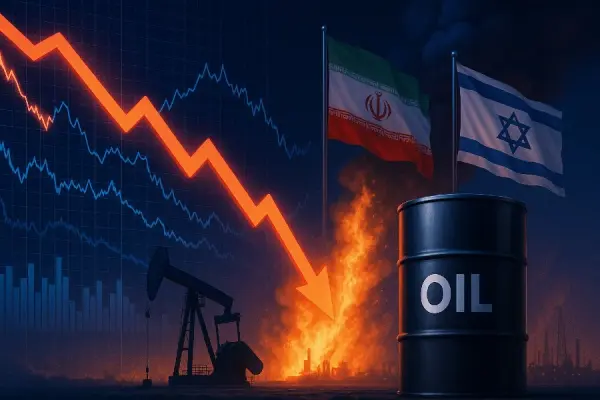The National Oceanic and Atmospheric Administration’s (NOAA) Space Weather Prediction Center officially announced a G4 (Severe) geomagnetic storm warning on Monday, June 2, 2025. The primary threat posed by this phenomenon involves potential disruptions to technological infrastructure such as internet networks, telephone communication signals, and electrical systems.
According to NOAA’s report, the storm is triggered by a coronal mass ejection (CME) released from the sun on May 30, 2025. This CME is expected to reach the vicinity of Earth between June 1 and 2, 2025, escalating geomagnetic activity from a G3 (Strong) level to G4 (Severe). While this warning particularly concerns North America, its effects could be felt worldwide, especially impacting satellite systems and electrical distribution networks.
A CME is a release of highly charged plasma from the sun’s corona. When these particles interact with Earth’s magnetic field, a geomagnetic storm forms, capable of inducing excessive currents in power grids and causing disruptions to satellites and communication systems.
NOAA added that the storm’s intensity could still escalate to a G5 (Extreme) level, though this remains subject to further confirmation from spacecraft instruments situated about one million miles from Earth.
Electric grid operators across North America have issued advisories to implement mitigation measures against potential current surges. Several airlines are monitoring polar flight paths closely to anticipate possible communication interruptions.
Dr. Samantha Lee, a space physics expert from the University of Michigan, noted that despite the tangible risks to infrastructure, this event also presents a rare opportunity to observe expansive auroras. Meanwhile, the head of California's Electric Grid Operations stated that preparedness measures include enhanced system monitoring and intensive coordination with federal agencies to minimize public service disruptions.
The public is urged to stay informed through official national weather channels. To anticipate possible technological interruptions, it is recommended to prepare alternative information sources such as satellite radios or emergency communication systems. Though potential hazards exist, vigilance and preparedness remain paramount for managing this phenomenon effectively.








Responses